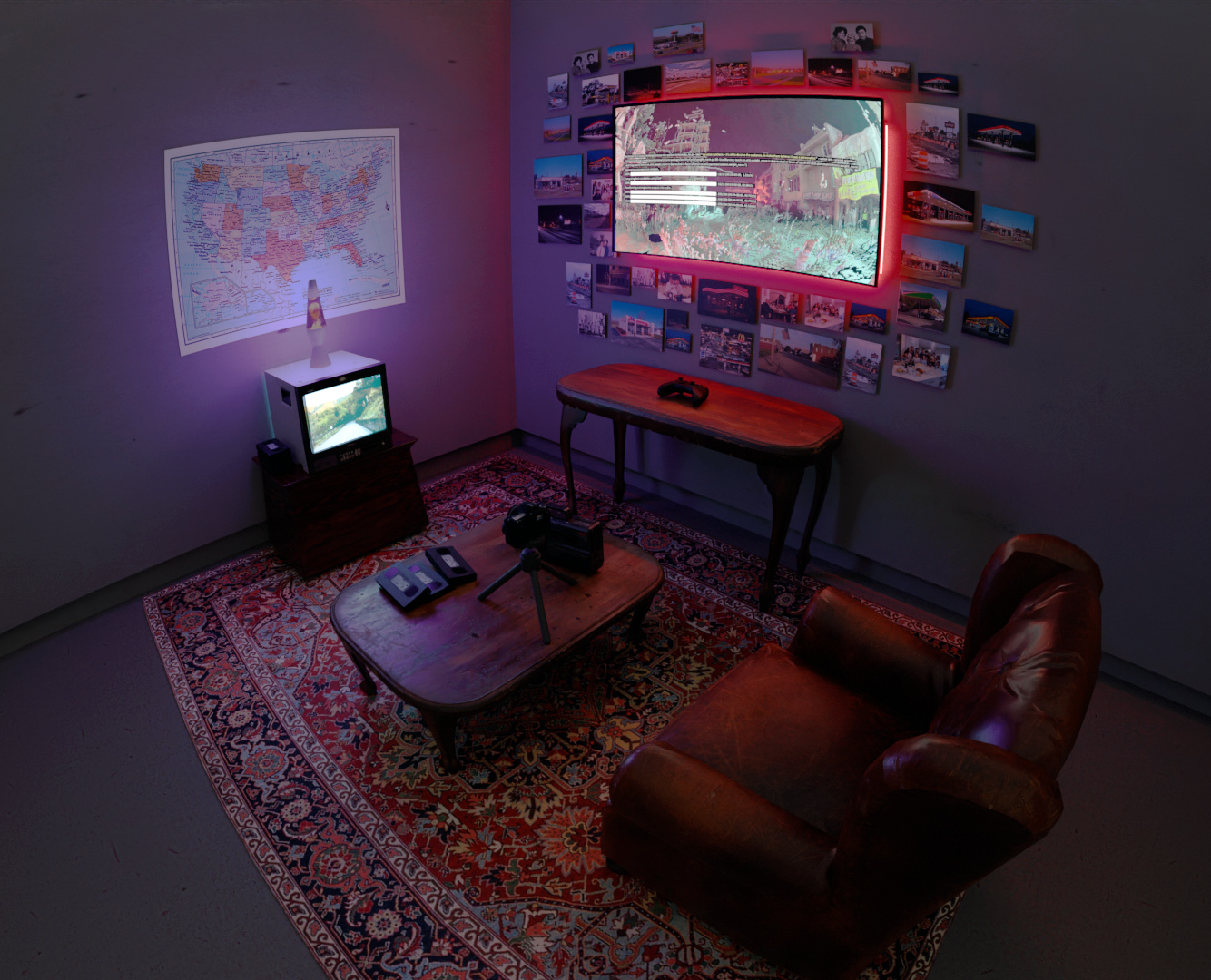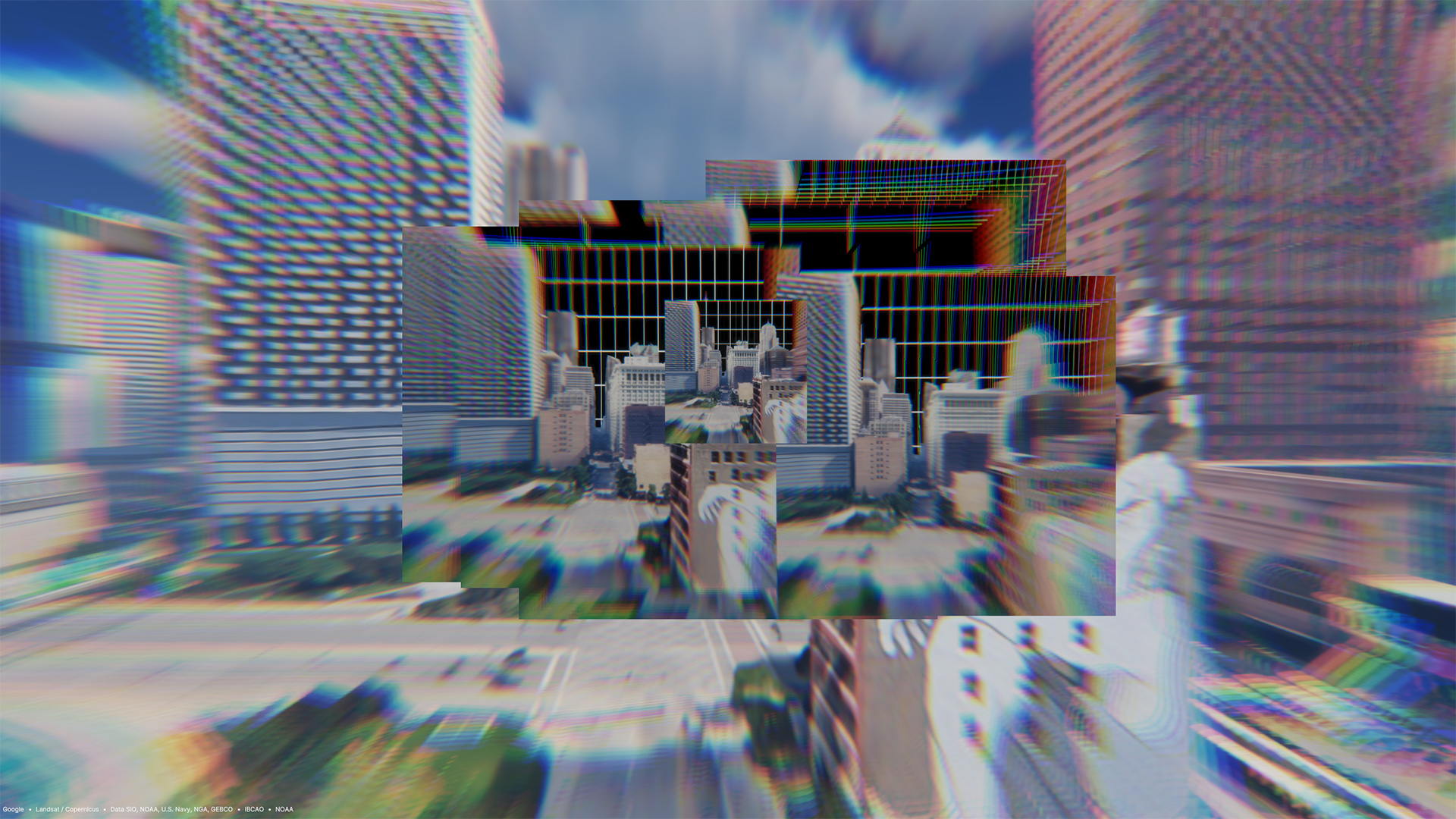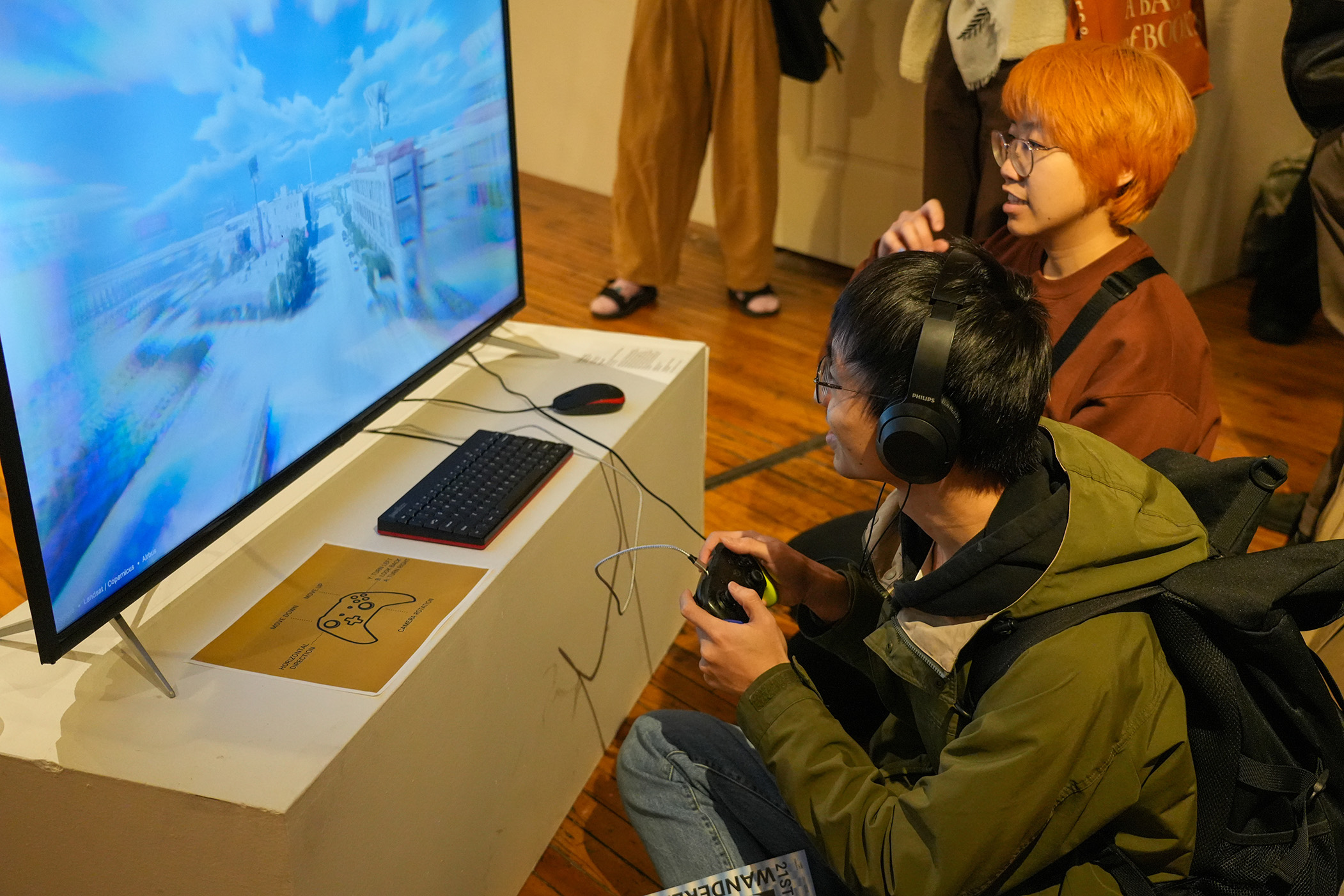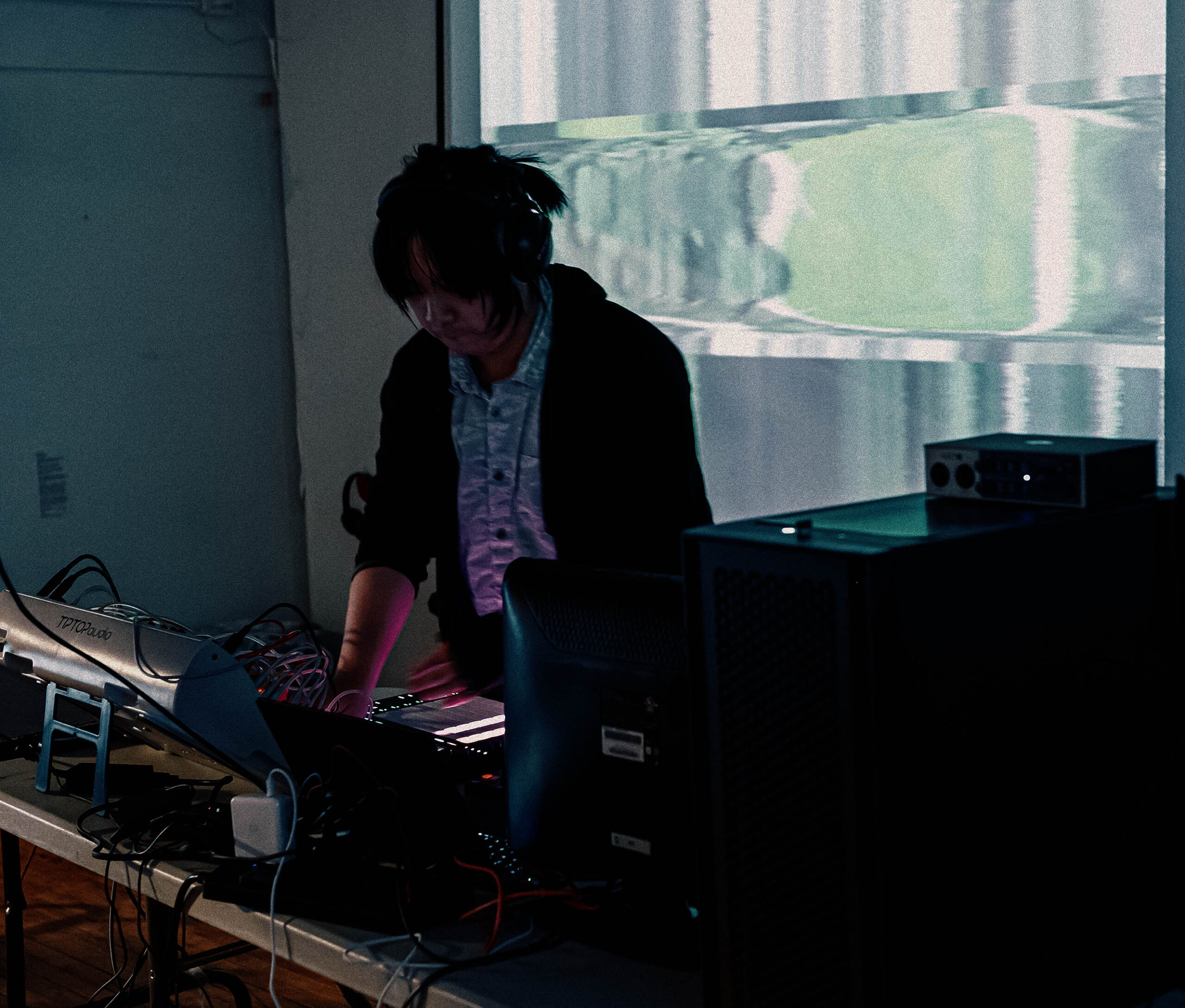Artist Statement
I work at the intersection of liquid modernity and technoculture, using media systems—both obsolete and emerging—to interrogate how technology shapes, regulates, and sometimes liberates our conditioned ways of seeing and being. My practice is rooted in a diasporic consciousness that understands identity not as fixed, but as fluid—shaped by displacement, translation, and repetition. I build works that resist technological determinism by exposing and deforming the very systems that claim to represent us.
Across 3D animation, real-time audiovisual performance, and experimental video, I explore how algorithmic perception enforces standardized modes of memory, language, and image. Under the smooth interfaces of contemporary media lie layers of control: predictive behavior, linguistic correction, platform optimization. I use these same tools—AI-generated voices, computational misrecognition, glitch, analog feedback—to open cracks within this system. These moments of technological failure are not accidents, but materials for poetics: reminders that control is never total.
I view the technological field as a contested terrain—not a straight path of progress, but a site of historical violence, colonial infrastructure, and cultural programming. Yet it is also a space for resistance. By combining VHS artifacts, synthetic voices, and generative systems, I create nonlinear temporalities and fractured visual languages. These works are not nostalgic—they are strategic counter-archives, where the past interrupts the future, and perception becomes unstable.
My interest lies in building systems that destabilize the viewer’s expectations of coherence, clarity, and control. I seek to reconfigure perception—to untrain the eye from smoothness, to unlearn the ear from standardized accents, to make room for multiplicity, contradiction, and noise. In this sense, my practice is not anti-technology, but anti-hegemonic: it uses technology against itself, to reveal the limits of algorithmic rationality and to imagine new modes of sensing, knowing, and being.
In a time when technological systems increasingly define truth, identity, and memory, I believe artists must invent new perceptual grammars—ones that resist capture, defy readability, and insist on the beauty of misalignment. I see this as a form of liberation: not escape from the digital, but a deeper dive into its textures, distortions, and unrealized potential.



